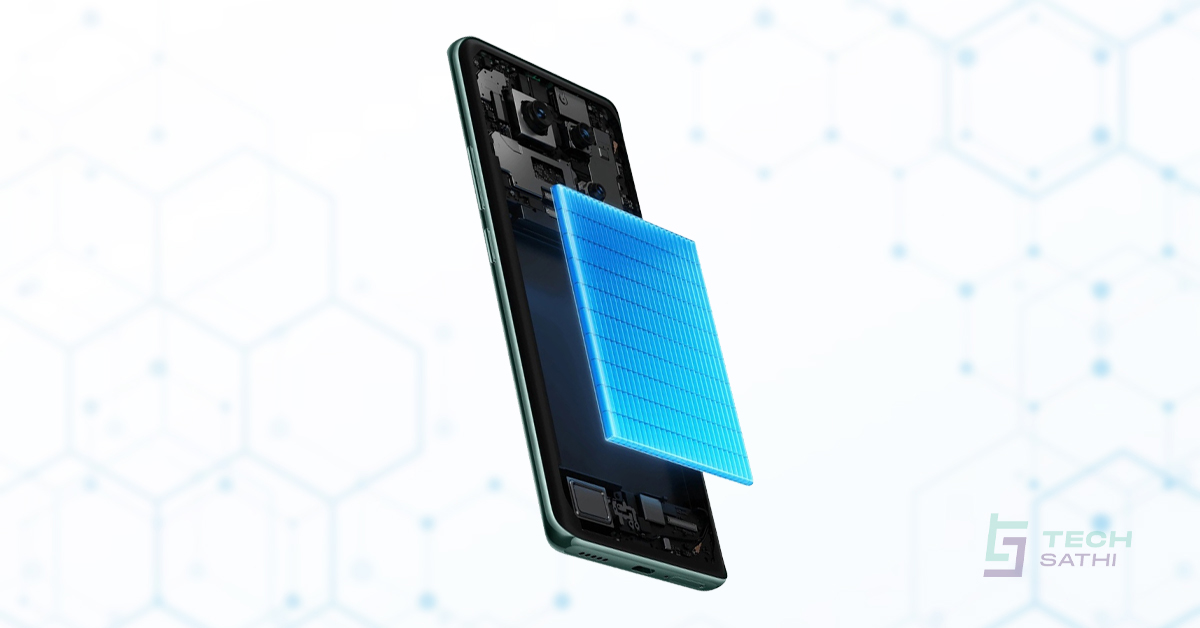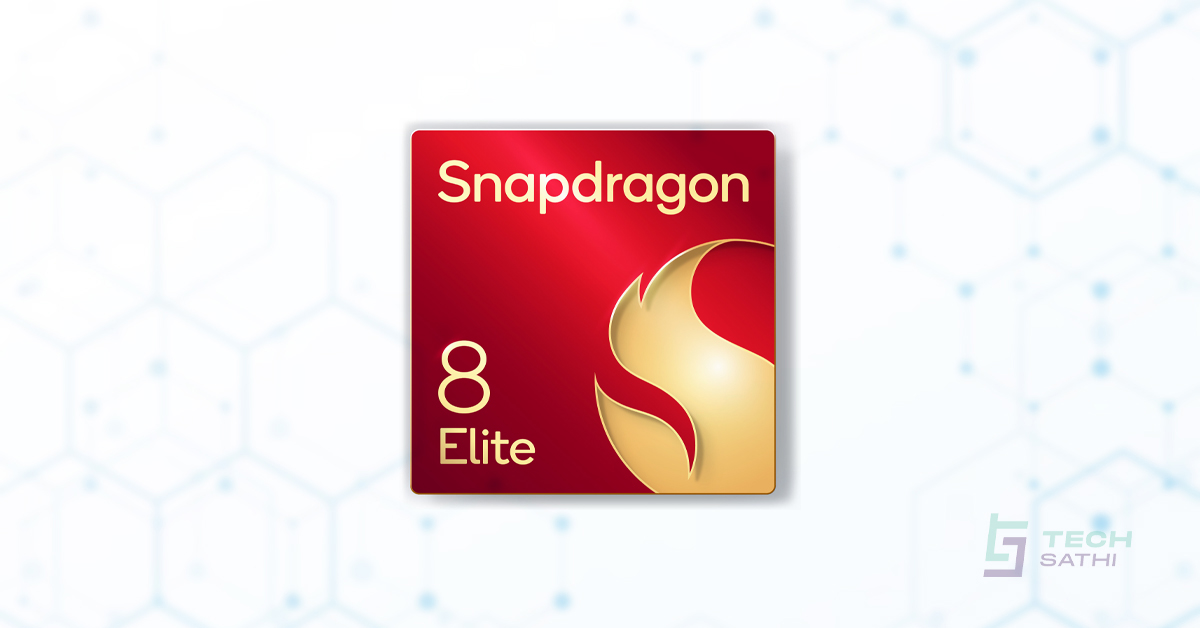Before getting into iSIM, let us learn about traditional SIM. To work and connect to a network, all of our phones and many other gadgets require SIM cards. Although the SIM card has been around for a long time, it has undergone significant changes since its inception. The traditional SIM card is an external attached card that comes in various sizes.
The use of traditional SIMs may be particularly easy in some case scenarios when an organization switches mobile carriers and has to swap out device profiles. Simply remove the old SIM and insert it into the new one. However, it may be impractical or really expensive to do this task on large scale. Meanwhile, the SIM market is continuously evolving, and there are newer solutions that eliminate the necessity for a detachable SIM. Each one caters to a particular set of requirements and may be used in a variety of IoT applications.
What is a SIM?
Subscriber Identity Module, or SIM card, is a tiny plastic memory chip that slips into or is integrated into a device. It connects you to a network and retains important information about you as a mobile phone user, such as your minutes, messages, and data consumption. Traditional SIM cards are those cards that you insert into your device manually and are detachable. You have to insert the SIM card provided by the same network provider that you wish to use. For hundreds of devices/ in the case of IoT devices, physically replacing each individual SIM card might be nearly impossible. To cater for this problem, iSIM could be useful.
What is Integrated SIM (iSIM)Technology?
The integrated SIM (iSIM) is the newest version in the SIM market, and it simplifies the eSIM’s capabilities by moving it to a system-on-a-chip (SOC) architecture, which eliminates the need for dedicated hardware. Consider eSIM and iSIM to be siblings: two separate persons with a lot of similarities and a number of differences.
The most significant feature of iSIM is that it integrates SIM functionality into a device’s permanent hardware array. Although the smartphone has an embedded eSIM, it still is a separate processor. Without the need for a separate processor, an iSIM incorporates the functions of a SIM card within the device itself. So, iSIM does not require a separate processor and does not take up a large portion of a device’s hardware footprint, unlike eSIM.
In short, iSIM is a revolutionary technology that allows the SIM card’s functions to be incorporated into the main processor of a device. As it is integrated into the main processor, the need for a SIM slot is eliminated. With the help of this technology, you will not need to buy a SIM card from the operator and insert it into your device. You can change the service provider, just by changing the details in the network setting option. Recently, Vodafone, Qualcomm Technologies, and Thales deliver world-first smartphone demonstration of integrated SIM (iSIM) technology
Also Read: What is NFT? Here’s all you should know about NFT
Traditional SIM cards continue to dominate the IoT industry, despite the increasing promise of the eSIM and iSIM. Prepaid service is still the most common mode of connection in many countries, making classic plug-in SIM cards the most feasible option.



